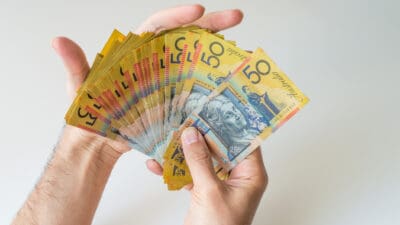The Telstra Corporation Ltd (ASX: TLS) share price had an absolutely stellar year last year. Telstra shares rose from around $2.98 a share at the start of the year to finish up at $4.18 on New Year's Eve. That's a gain of just over 40%. And that's not even including Telstra's dividends either. Factoring those in, together with Telstra's full franking credits, and we can add several more percentage points to those gains.
No doubt investors (particularly those who have held Telstra shares for decades) wouldn't be used to those kinds of returns from an old blue-chip like Telstra.
And not only that, but Telstra has started 2022 off on perhaps the best foot possible. Since New Year's Eve, this company has added another 0.5% or so to its share price, blitzing past a couple of new 52-week highs in the process. Just today, we have seen Telstra hit a new high of $4.23 a share. Telstra hasn't consistently traded at these kinds of levels since 2017.
Why has Telstra's dividend yield been falling?
But this rapid share price appreciation does come with a downside. Telstra used to be one of the highest yielding dividend shares in the ASX 20. This time last year, its fully franked 16 cents per share annual dividend was giving investors a yield of 5.26%, or a whopping 7.51% grossed-up with the full franking credits, based on its then share price of $3.04.
Telstra is still paying out 16 cents per share (well, it did so in 2021). And yet, Telstra shares at today's pricing 'only' offer a yield of 3.81%.
Existing investors have nothing to worry about. If you picked up Telstra shares last year for $3.04 each, then you are still getting a 5.26% yield on your capital. But newer investors aren't as lucky.
That's the downside with dividend shares. If dividend payouts remain constant, higher share prices pull down the yield new investors can expect from the shares.
But even so, a 3.81% yield on Telstra shares is arguably nothing to sneeze at, especially with interest rates still at record lows.









